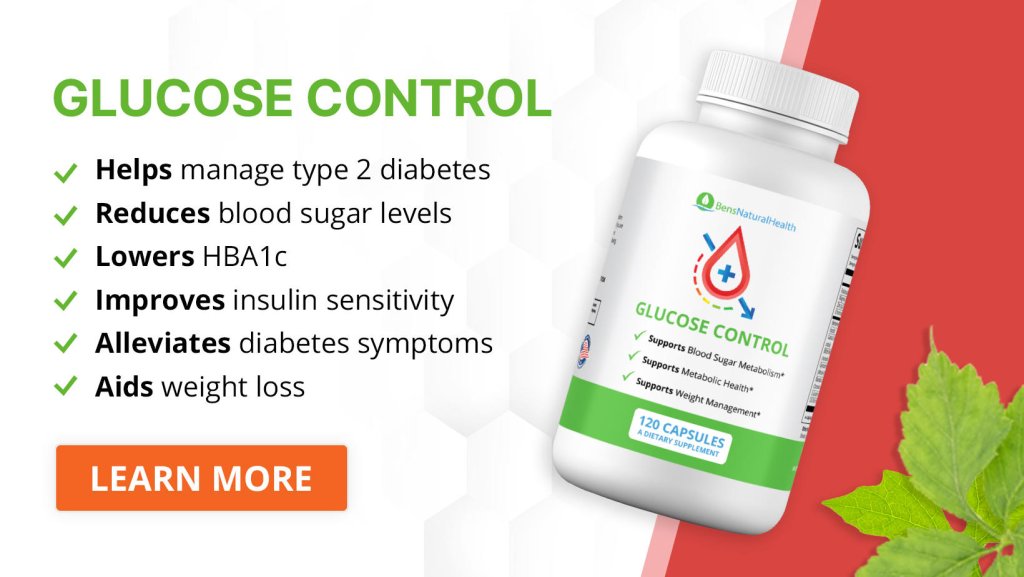If you have diabetes, you may be wondering if you can eat peanut butter without affecting your blood sugar levels.
While diabetics can eat peanut butter, there are some things you need to consider before adding it to your diet.
In this article, we’ll talk about peanut butter and blood sugar levels.
We’ll determine if peanut butter is suitable for people with diabetes and what the recommendations are to eat it without affecting your blood sugar levels.
Is Peanut Butter Good For People With Diabetes?
In moderation, peanut butter can be a good food to eat if you have diabetes.
Natural peanut butter is a great option due to its high fat content. However, low-fat peanut butter may not be a good option since it can be higher in carbs and sugars.
Fat and fiber take longer to digest, meaning it can promote more stable sugar levels.
In fact, when combined with a simple sugar (like fruit), it can create more stable blood glucose levels than when eating fruit alone.
So, peanut butter may actually help regulate blood sugar levels when pairing it with a high-carb food.
Another advantage is that peanut butter is high in magnesium.
Some studies suggest that magnesium, when combined with fiber, may have potential benefits for insulin sensitivity and inflammation. However, more research is needed to establish a clear link to diabetes prevention.
Get Your FREE Diabetes Diet Plan
- 15 foods to naturally lower blood sugar levels
- 3 day sample meal plan
- Designed exclusively by our nutritionist
Benefits of Peanut Butter For Diabetics
In addition to potential benefits for blood sugar stability, peanut butter
offers other advantages for individuals managing diabetes:
Here are some other ways peanut butter is good for diabetics:
High in healthy fats
Peanut butter is high in monounsaturated fats, which are also found in olive oil. It also contains linoleic acid, an essential omega-6 fatty acid.
While most people seem to believe that omega-6 is not healthy since it’s proinflammatory, the body needs to have a ratio of 2:1 or 1:1 omega-6 to omega-3.
Rich in antioxidants
Another benefit of peanut butter is that it’s high in antioxidants. It contains some resveratrol, which is one of the most powerful antioxidants.
Studies show they can help reduce oxidative stress, leading to less inflammation.
High in fiber
Two tablespoons of peanut butter contain 1.6 grams of fiber, representing 6-8% of your daily fiber intake.
As a result, it can help promote good gut health, improve digestion, and reduce constipation.
Nutritional Profile of Peanut Butter
There are several versions of peanut butter: low in fat, low in sodium, creamy, or crunchy. They may also have added sugars or oils.
The nutritional profile of peanut butter will depend on the ingredients it has.
The following nutritional information is for two tablespoons (32 grams) of smooth peanut butter.
- Calories: 191
- Carbs: 7.1 grams
- Fiber: 1.6 grams
- Protein: 7.1 grams
- Fats: 16.4 grams
In addition, it is high in essential vitamins and minerals, such as vitamin E, vitamin B3, vitamin B6, folate, magnesium, copper, and manganese.
Glycemic Index of Peanut Butter
The glycemic index is a tool that measures the impact of a certain food on blood sugar levels. The higher the glycemic index, the higher the blood sugar spike.
Several factors affect a food’s glycemic index, such as cooking method, ripeness, nutritional composition, and processing.
Peanuts have a low glycemic index. It has a glycemic index of 13
There is no glycemic index for peanut butter, but since peanut butter is made from roasted peanuts, it should have a similar glycemic index as long as it doesn’t have any other added ingredients.
Added ingredients, such as sugars, can increase the glycemic index of peanut butter.

How To Include Peanut Butter In Your Diet
Peanut butter can be a filling and healthy snack if you have diabetes. However, there are some tips to help you add it to your diet without spiking your blood glucose levels.
Opt for natural peanut butter
The more natural the peanut butter, the better. Search for a peanut butter that hopefully only has peanuts as its only ingredient.
Avoid options that state they are “honey roasted” since they can have added sugars.
Pair it with a low-carb food or complex carb
While peanut butter can help you have more stable glucose levels, avoid pairing it with a simple carb.
Instead, choose complex carbs or high protein options, such as vegetables, whole-grain bread or crackers, Greek yogurt, and protein shakes.
Eat peanut butter early in the day
While you can have peanut butter at night, if you are still unsure about its impact on your blood sugar levels, try it in the morning.
This way, you can determine if you have a delayed high-sugar spike from the peanut butter.
Choose low sodium
Even though sodium doesn’t affect blood sugar levels, people with diabetes have a higher risk of getting high blood pressure.
For that reason, choose a peanut butter that is low in sodium (less than 200 mg per serving).
Measure the portion size
It’s true that peanut butter is healthy. However, due to its high fat content, it’s high in calories.
To avoid adding too many calories and leading to weight gain, make sure you are measuring the portion size.
Are There Any Side Effects of Eating Peanut Butter For Those With Diabetes?
The risks of adding peanut butter for people with diabetes are low. But they can happen, especially if they have other ingredients like salt, vegetable oils, and sugars.
In addition, some people may have peanut allergies. While the statistics are low (only 2-3% of the population has a peanut allergy), some ethnicities are at higher risk.
If you don’t know if you are allergic to peanuts, include only a small amount before adding it to your diet.
Conclusion
Peanut butter can be a good addition to your diet if you have diabetes since it can help promote more stable blood sugar levels.
However, be careful about which type of peanut butter you add. Include natural peanut butter, where hopefully, it only contains peanuts as its only ingredient.
Also, monitor your blood sugar levels when adding a new food to determine its impact on your blood sugar levels. Remember that everyone can have a different reaction to the same food.
Explore More








